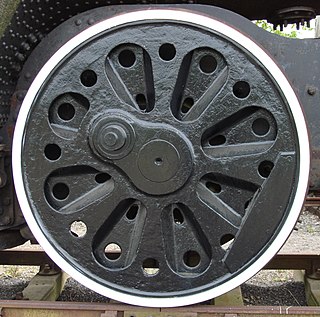 W
WMarine engineering includes the engineering of boats, ships, oil rigs and any other marine vessel or structure, as well as oceanographic engineering, oceanic engineering or ocean engineering. Specifically, marine engineering is the discipline of applying engineering sciences, including mechanical engineering, electrical engineering, electronic engineering, and computer science, to the development, design, operation and maintenance of watercraft propulsion and on-board systems and oceanographic technology. It includes but is not limited to power and propulsion plants, machinery, piping, automation and control systems for marine vehicles of any kind, such as surface ships and submarines.
 W
WA Butterworth cover is a hatch on the deck of a cargo vessel that is used to seal a small opening that admits to the space below.
 W
WThe CMD – Costruzioni Motori Diesel S.p.A. (en. Construction Diesel Engines) or more simply CMD is an Italian company that designs, develops, builds and markets marine engines, with its brand FNM Marine.
 W
WLightening holes are holes in structural components of machines and buildings used by a variety of engineering disciplines to make structures lighter. The edges of the hole may be flanged to increase the rigidity and strength of the component. The holes can be circular, triangular, elliptical, or rectangular and should have rounded edges, but they should never have sharp corners, to avoid the risk of stress risers, and they must not be too close to the edge of a structural component.
 W
WMarine heat exchangers are no different than non-marine heat exchangers except for the simple fact that they are found aboard ships. Heat exchangers can be used for a wide variety of uses. As the name implies, these can be used for heating as well as cooling. The two primary types of marine heat exchangers used aboard vessels in the maritime industry are plate, and shell and tube. Maintenance for heat exchangers prevents fouling and galvanic corrosion from dissimilar metals.
 W
WA Marine pump is a pump which is used on board a vessel (ship) or an offshore platform.
 W
WA marine thruster is a device for producing directed hydrodynamic thrust mounted on a marine vehicle, primarily for maneuvering or propulsion. There are a variety of different types of marine thrusters and each of them plays a role in the maritime industry. Marine thrusters come in many different shapes and sizes, for example screw propellers, Voith-Schneider propellers, waterjets, ducted propellers, tunnel bow thrusters, and stern thrusters, azimuth thrusters, rim-driven thrusters, ROV and submersible drive units. A marine thruster consists of a propeller or impeller which may be encased in some kind of tunnel or ducting that directs the flow of water to produce a resultant force intended to obtain movement in the desired direction or resist forces which would cause unwanted movement. The two subcategories of marine thrusters are for propulsion and maneuvering, the maneuvering thruster typically in the form of bow or stern thrusters and propulsion thrusters ranging from Azimuth thrusters to Rim Drive thrusters.
 W
WParbuckle salvage, or parbuckling, is the righting of a sunken vessel using rotational leverage. A common operation with smaller watercraft, parbuckling is also employed to right large vessels. In 1943, the USS Oklahoma was rotated nearly 180 degrees to upright after being sunk in the attack on Pearl Harbor, and the Italian cruise ship Costa Concordia was successfully parbuckled off the west coast of Italy in September 2013, the largest salvage operation of that kind to date.
 W
WThe National Science Foundation's (NSF) Ocean Observatories Initiative (OOI) Regional Scale Nodes (RSN) component is an electro-optically cabled underwater observatory that directly connects to the global Internet. It is the largest cable-linked seabed observatory in the world, and also the first of its kind in the United States.
 W
WWith the introduction of the marine propeller back in the early 19th century, cavitation during operation has always been a limiting factor on efficiency of ships. Cavitation in marine propellers develops when the propeller operates at a high speed and reduces efficiency of the propeller. Ever since the introduction of the propeller, solutions for cavitation have been developed and tested.